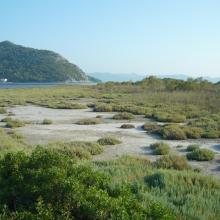
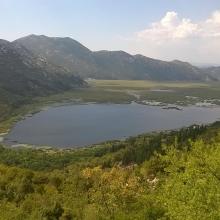
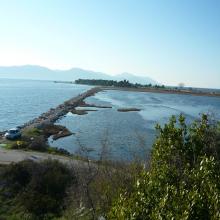
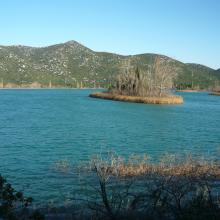


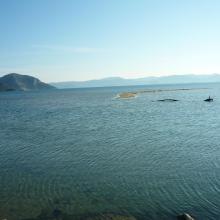
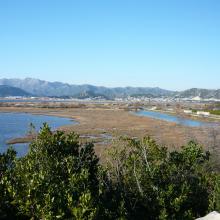
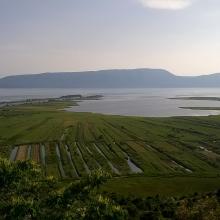
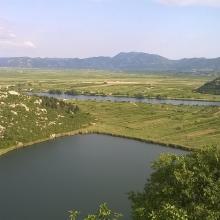
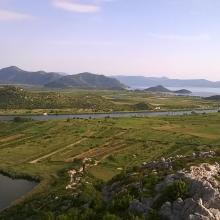

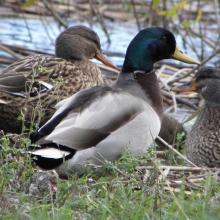

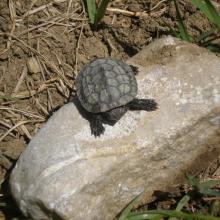
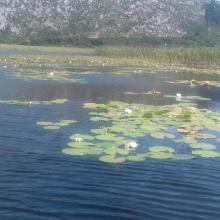
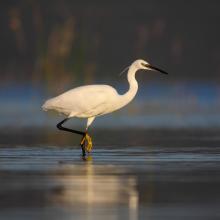
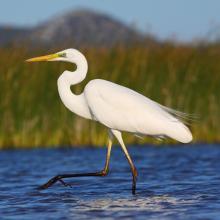
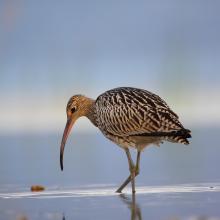
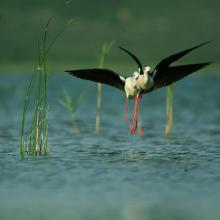
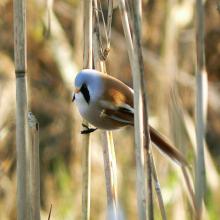
Neretva River Delta
- Country:Croatia
- Site number:585
- Area:12,742 ha
- Designation date:02-11-1992
- Coordinates:43°01'N 17°33'E
Materials presented on this website, particularly maps and territorial information, are as-is and as-available based on available data and do not imply the expression of any opinion whatsoever on the part of the Secretariat of the Ramsar Convention concerning the legal status of any country, territory, city or area, or of its authorities, or concerning the delimitation of its frontiers or boundaries.
Overview
The Neretva is the largest river of the eastern Adriatic watershed, and its final section stretches through Croatian territory, forming an extensive delta with large reedbeds, lakes, wet meadows, lagoons, sandbanks, sandy tidal flats and saltmarshes. The Site is notable in its biogeographic region for its wealth of species: it hosts 618 vascular plants, 53 mammals, 313 birds, 22 reptiles, 11 amphibians, 35 freshwater fish of which 18 are endemic, 29 dragonflies and 234 butterfly species. The Delta is an important migration stopover on the Black Sea/Mediterranean Flyway for waders, terns and gulls such as the Eurasian spoonbill Platalea leucorodia, the Kentish plover Charadrius alexandrinus and the black-winged stilt Himantopus himantopus. The Delta plays a very important role in flood control and sediment trapping. Besides the traditional agricultural landscape, there are large complexes of intensively managed farms with tangerine plantations and vegetable greenhouses. The Delta is also rich in cultural heritage and historical sites. Threats relate to issues of water management and agriculture, such as eutrophication, fertilizer pollution, land reclamation and habitat fragmentation.
Administrative region:
Dubrovnik-Neretva County
- National legal designation:
- Significant landscape - Modro oko and Desne Lakes
- Special ichtiological and ornithological reserve - Jugoistočni dio delte Neretve
- Special ornithological reserve - Prud, Pod Gredom and Orepak
- Regional (international) legal designations:
- EU Natura 2000
- Last publication date:11-02-2020
Downloads
Ramsar Information Sheet (RIS)
Archived RIS
Additional reports and documents
- Other published literature
